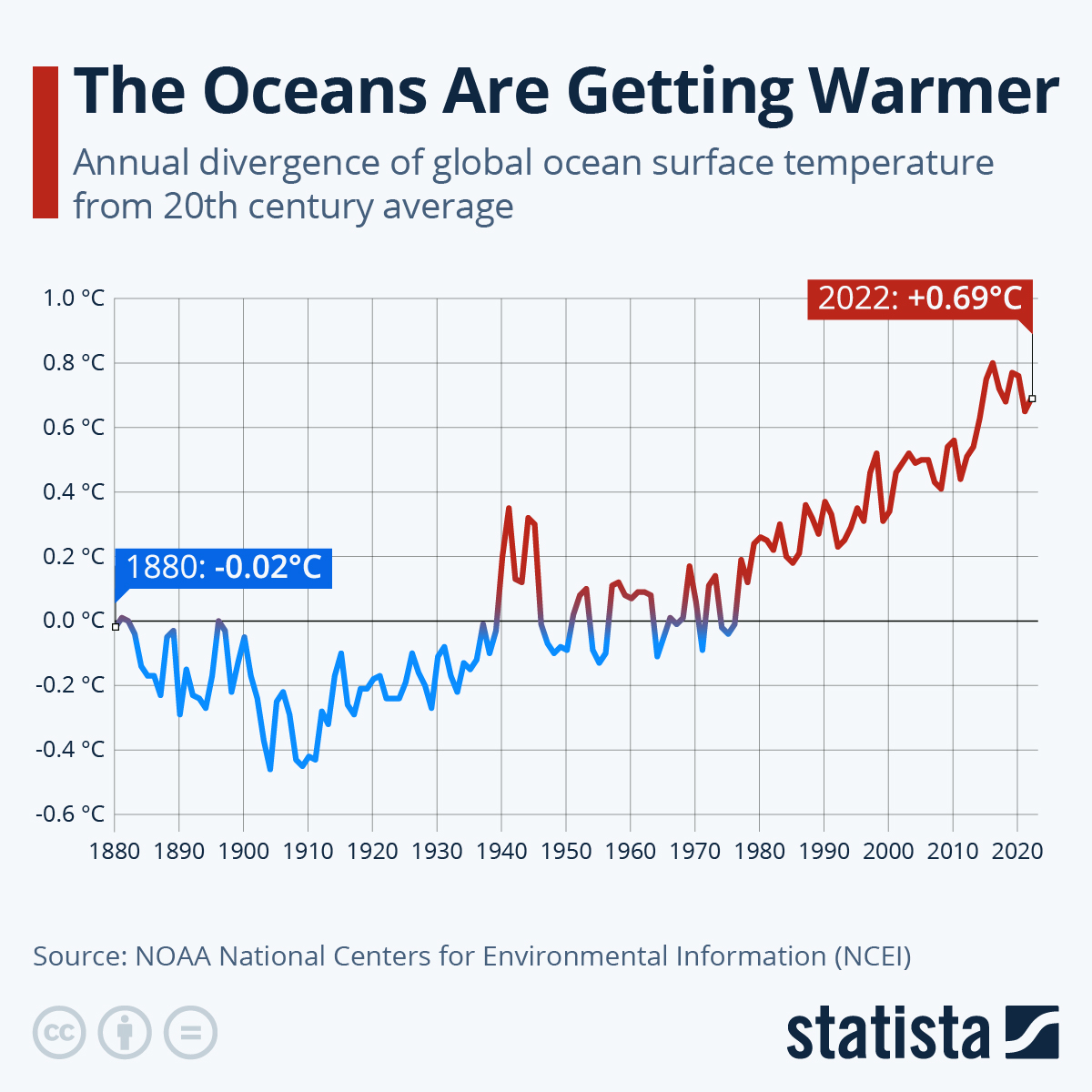With the ongoing impacts of climate change on our oceans, kitesurf school operators need to adapt their practices to safeguard both participants and the long-term sustainability of their businesses. Understanding how climate change influences marine ecosystems and kitesurfing conditions is crucial for ensuring operational success. This guide highlights significant challenges and offers practical strategies for effective adaptation.
Rising Incidence of Severe Weather Impacting Operations
Climate change is leading to a rise in the frequency and intensity of extreme weather events. These challenging conditions can interfere with kitesurfing schedules, cause damage to facilities, and create unsafe environments for participants.
Recommendation: Develop a robust emergency response plan that incorporates weather monitoring protocols and clear communication channels with kitesurfers. Train all staff to effectively handle extreme weather scenarios. Additionally, consider investing in advanced weather forecasting resources and maintaining regular communication with local authorities to stay informed about potential storm threats.

Elevated Water Temperatures Affecting Kitesurfer Safety and Comfort
Increased ocean temperatures can negatively impact kitesurfer comfort and safety, leading to risks such as heat stress and dehydration. Moreover, these rising temperatures may change the behavior of marine life, exposing kitesurfers to unfamiliar or potentially dangerous species.
Recommendation: Educate kitesurfers on the importance of staying hydrated and recognizing the signs of heat-related illnesses. Provide training on safe interactions with new marine species. Additionally, consider updating your equipment inventory to include cooling vests or other gear designed for warmer water conditions.
 You will find more infographics at Statista
You will find more infographics at StatistaCoral Bleaching Threatens the Quality of Kitesurfing Locations
Coral bleaching happens when corals expel the algae that live within them, resulting in a loss of color due to stress from rising water temperatures. This process can be triggered by several factors, including:
- Elevated ocean temperatures
- Declining water quality
- Increased sun exposure
- Extreme low tides
The loss of corals, which is often irreversible, threatens reef ecosystems that are essential for marine life and recreational activities like kitesurfing.
Impact on kitesurfing: The decline of coral reefs can greatly affect the quality of kitesurfing spots, as healthy reefs play a crucial role in wave formation and stability. Additionally, climate change brings other challenges, such as rising sea levels, which can change wave dynamics or even submerge popular kitesurfing areas.
Recommendation: Engage kitesurfers in conservation efforts focused on protecting coral reefs and marine environments, such as monitoring programs or habitat restoration projects. Promote awareness of coral health and collaborate with local conservation organizations to enhance your school’s commitment to marine stewardship.

As coral reefs degrade, the quality of the waves can suffer. This might not change the size of the waves significantly, but it can affect their shape, consistency, and overall rideability, making certain kitesurf spots less desirable.
Reduced Water Quality Linked to Increased Algal Blooms
Climate change can result in more frequent harmful algal blooms, which may compromise water quality and present health risks to kitesurfers.
Recommendation: Stay updated on local water quality reports and algal bloom forecasts. Modify kitesurfing plans to avoid affected areas, and educate kitesurfers on the warning signs of harmful blooms. Providing clear safety guidelines will help maintain kitesurfers' confidence and ensure their safety.

Algae invasion at Darlowko Beach, Poland: While some algae are harmless, others can pose health risks. Always check with local authorities about potential algae hazards before hitting the waves
Ways You Can Combat Climate Change
As a kitesurf school owner, you have a unique chance to promote ocean health and tackle climate change. By collaborating with local NGOs and participating in global initiatives, you can create a meaningful impact. Here are several ways to get involved:
Join Kitesurf for a Cleaner Ocean
Kitesurf for a Cleaner Ocean (KFCO) organizes fundraising campaigns for kitesurfers worldwide. Our inaugural event will take place in Hong Kong, aiming to raise funds for ocean conservation by harnessing the collective power of kitesurfers and allies globally. Our mission is to inspire awareness of ocean pollution, its effects on ecosystems and marine life, and to contribute to the global effort by combining advocacy with action.(https://hilliansiu.wixsite.com/kitesurfforoceans).
Engage with Ocean Recovery Alliance
Ocean Recovery Alliance is dedicated to entrepreneurial initiatives aimed at reducing plastic pollution on land and in water. We create strategic solutions for governments, industries, and communities that promote sustainable, hands-on business practices. Our mission is fulfilled through thoughtfully designed programs that educate, raise awareness, and offer solutions to inspire positive societal change at community, national, and international levels.
(https://www.oceanrecov.org/).
Collaborate with the Ocean Innovation Challenge (OIC)
The OIC fosters innovative solutions for ocean and coastal restoration. By getting involved in this initiative, you can participate in groundbreaking projects that tackle urgent ocean issues while gaining access to funding and resources. Learn more about the OIC [here](https://www.oceaninnovationchallenge.org).
Support Coastal Wetland Initiatives
Coastal wetlands are essential for protecting marine ecosystems. By collaborating with wetland conservation initiatives, you can enhance your understanding of local ecosystems and promote biodiversity. Find out more about the Coastal Wetlands Initiative [here](https://www.coastalwetlands.org).
Initiate or Participate in Local Community Projects
Engage in or start local conservation initiatives that address specific environmental challenges your community faces. This could involve beach clean-ups, coral restoration, or workshops on sustainable practices. By garnering support from fellow kitesurfers and the community, you can amplify your impact and foster a culture of environmental responsibility.
By taking these steps, you not only help mitigate the effects of climate change but also position your kitesurf school as a leader in sustainable tourism. Together, we can ensure our oceans remain vibrant and healthy for future generations of kitesurfers.


